Instructions for Side by Side Printing
- Print the notecards
- Fold each page in half along the solid vertical line
- Cut out the notecards by cutting along each horizontal dotted line
- Optional: Glue, tape or staple the ends of each notecard together
The Skeletal System
front 1 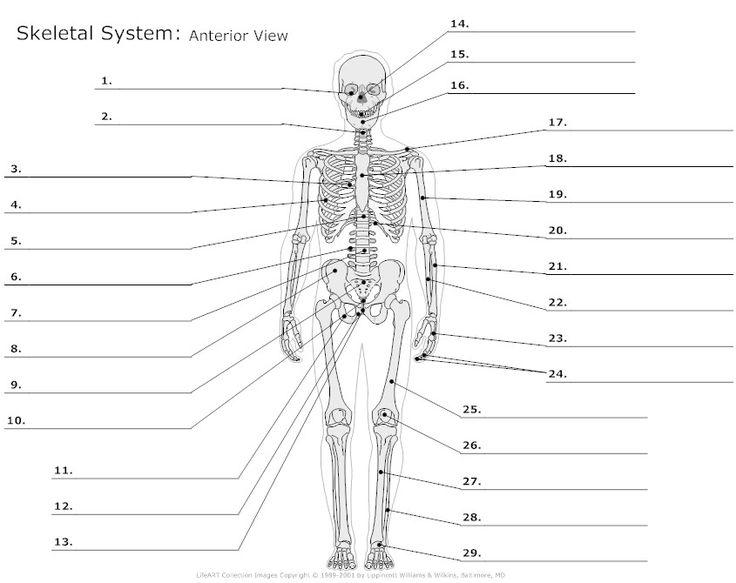 Label the skeletal system. Anterior view. | back 1
|
front 2 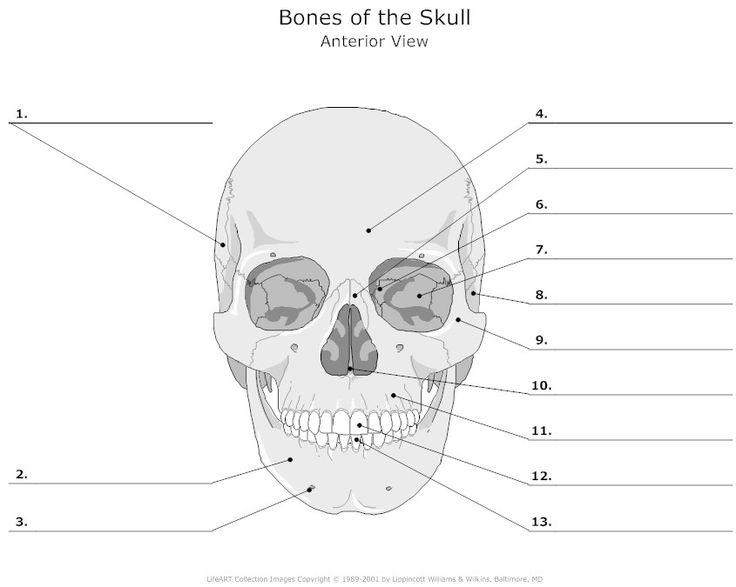 Label the skeletal system for the skull. Anterior view. | back 2
|
front 3 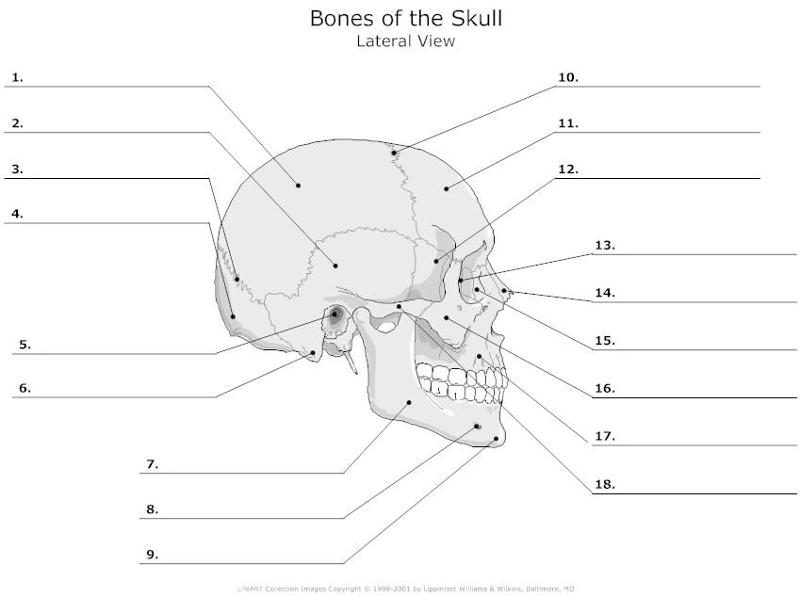 Label the skeletal system for the skull. Lateral view. | back 3
|
front 4  Label the skeletal system for the skull. Inferior view. | back 4
|
front 5 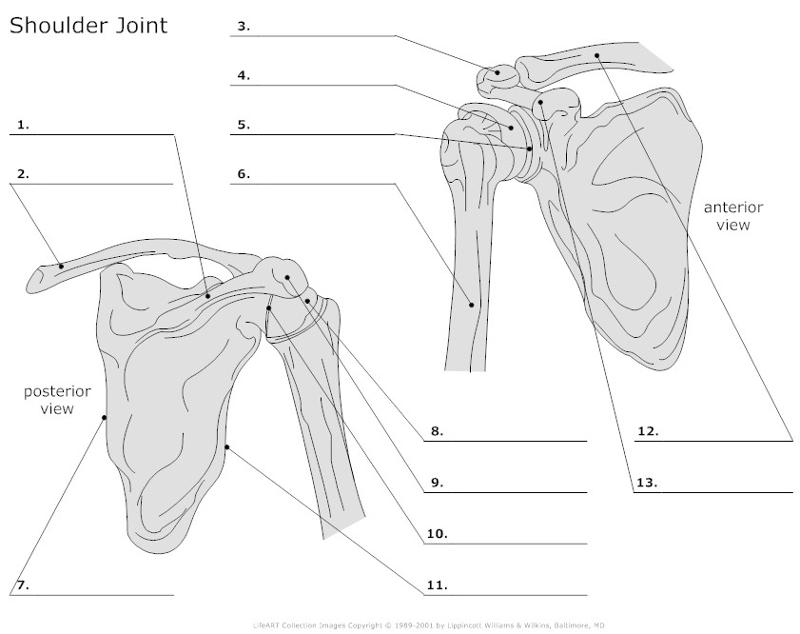 Label the skeletal system for the scapula. Posterior & Anterior view. | back 5
|
front 6 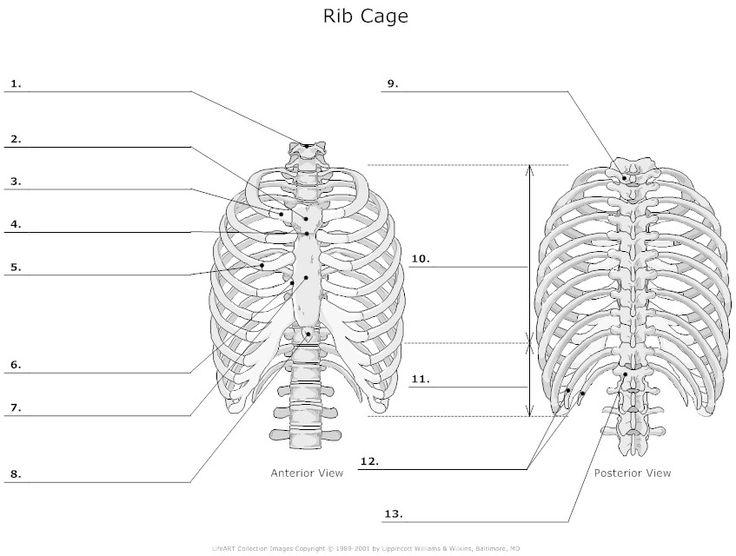 Label the skeletal system for the rib cage. Anterior & Posterior view. | back 6
|
front 7 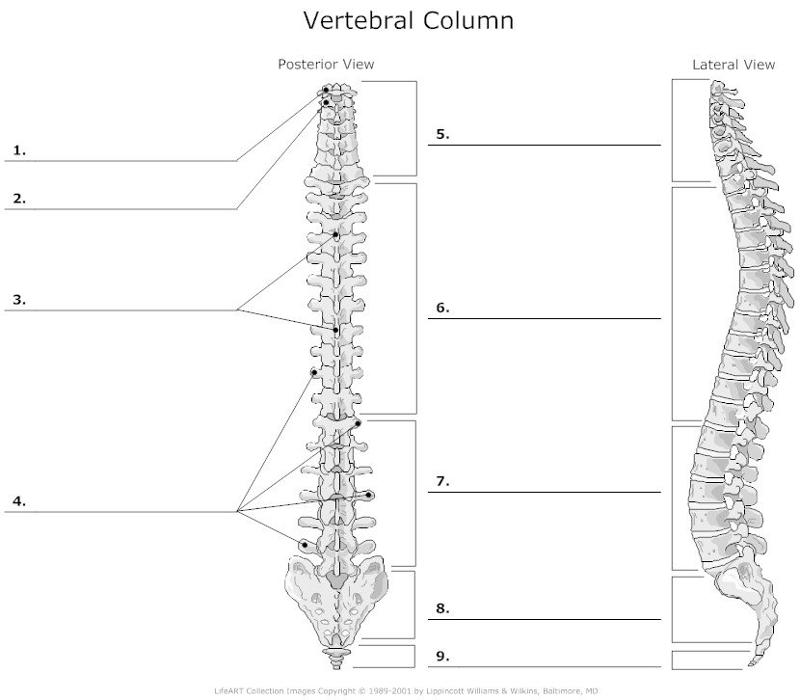 Label the skeletal system for the vertebral column. Posterior & Lateral view. | back 7
|
front 8 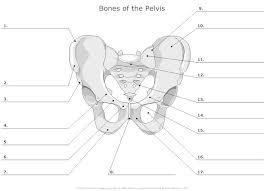 Label the skeletal system for the pelvis. Anterior view. | back 8
|
front 9 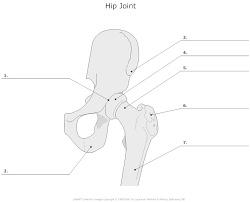 Label the skeletal system for the hip joint. Anterior view. | back 9
|
front 10 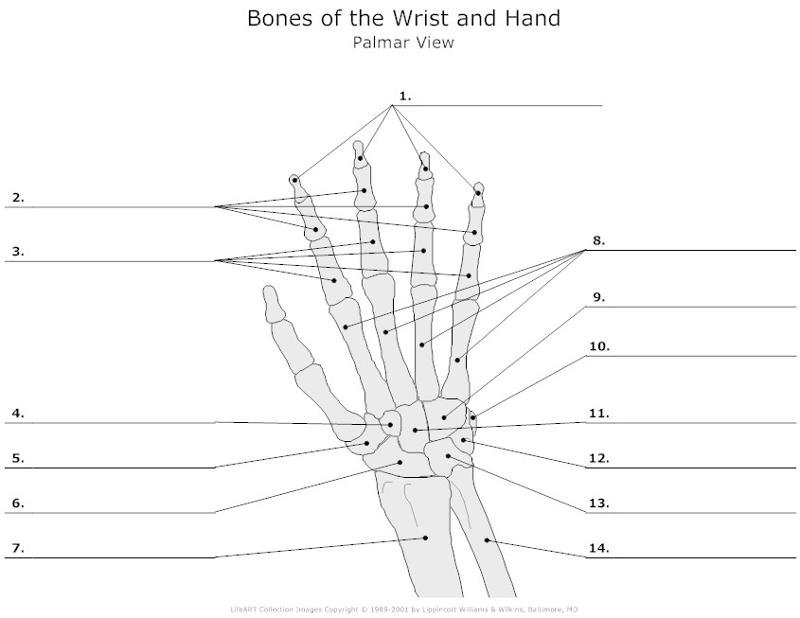 Label the skeletal system for the manus. Anterior view. | back 10
|
front 11 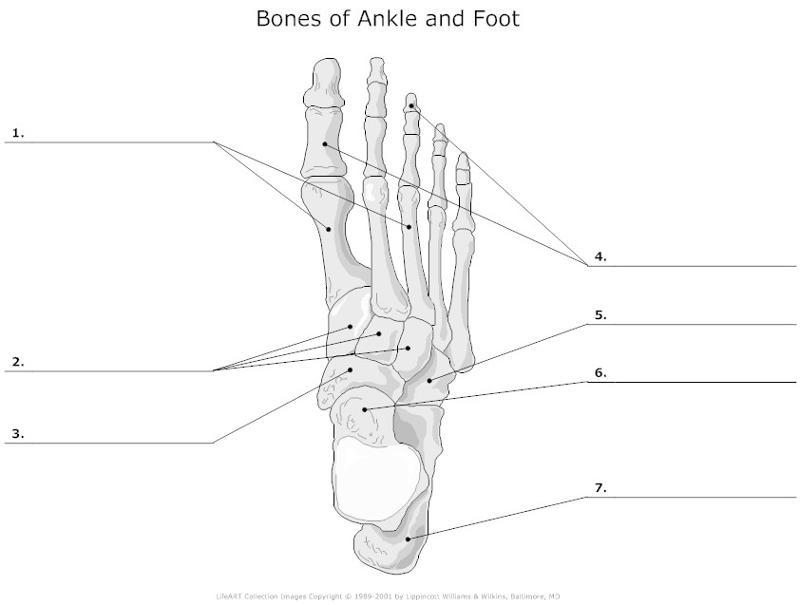 Label the skeletal system for the pedal. Anterior view. | back 11
|
front 12 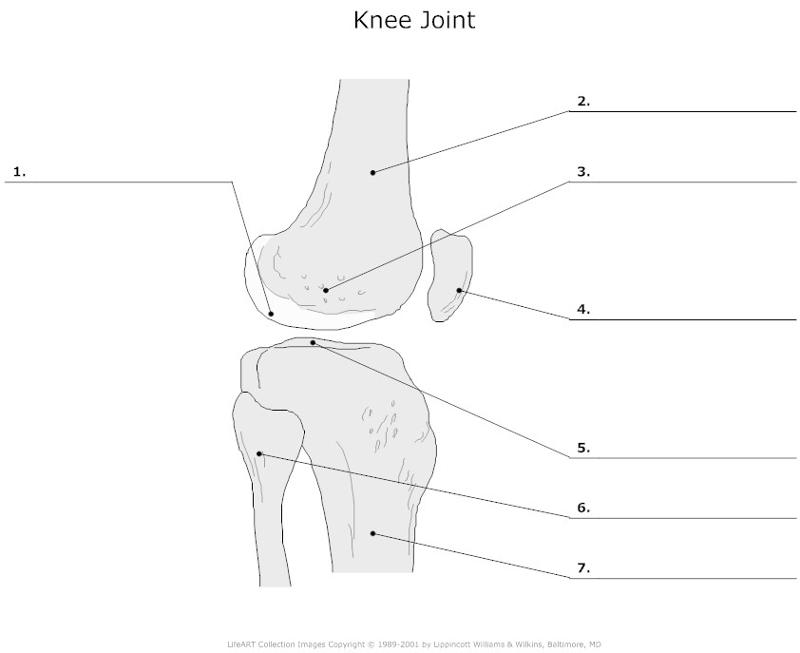 Label the skeletal system for the knee joint. Lateral view. | back 12
|
front 13 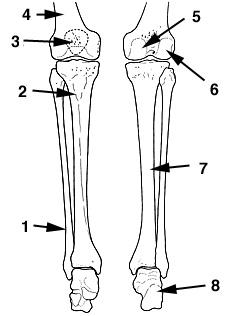 Label the skeletal system for the leg. Anterior view. | back 13
|
front 14 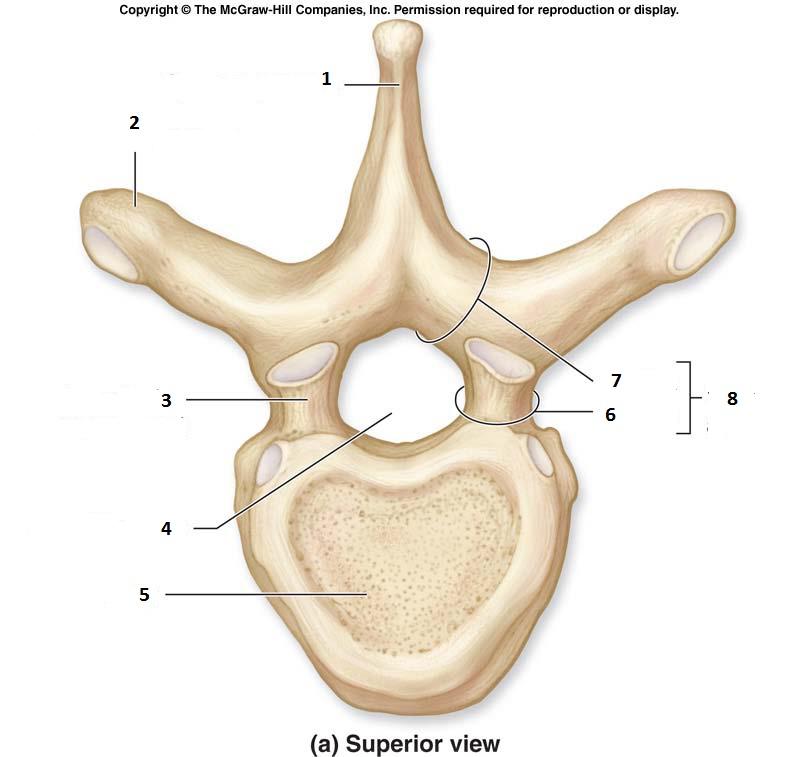 Label the skeletal system for the lumbar vertebrae. Superior view. | back 14
|
front 15 What is a compact bone? | back 15 Provides protection and support. |
front 16 What is a spongy bone? | back 16 Strong but lightweight, provides tissue support. |
front 17 What are osteoprogenitor cells? | back 17 Bone stem cells, can change into other types of cells. |
front 18 What are osteoblasts cells? | back 18 Bone building cells that secrete matrix. |
front 19 What are osteocytes cells? | back 19 Mature bone cells that contribute to bone homeostasis. Can turn back into an osteoblast if needed. |
front 20 What are osteoclasts cells? | back 20 Remodel bones and cause them to release calcium. |
front 21 What are some examples of the axial skeleton? | back 21 Vertebral column(26), thorax, skull(22), hyoid, auditory ossicles(6). |
front 22 What are some examples of the appendicular skeleton? | back 22 Upper limbs (X2), pelvic girdle, lower limbs (X2), pectorals (shoulders). |
front 23 There are approximately 206 bones in the body, what 2 regions is the skeleton divided into? | back 23 The axial and appendicular. |
front 24 The process of bone formation is also referred to as ____? | back 24 Ossification. |
front 25 Which two minerals are stored in major quantities in bone tissue? | back 25 Calcium & Phosphorous. |
front 26 Which bone is that largest that makes up the hip bone? | back 26 ilium. |
front 27 What section is the largest and strongest of the vertebral column? | back 27 The lumbar. |